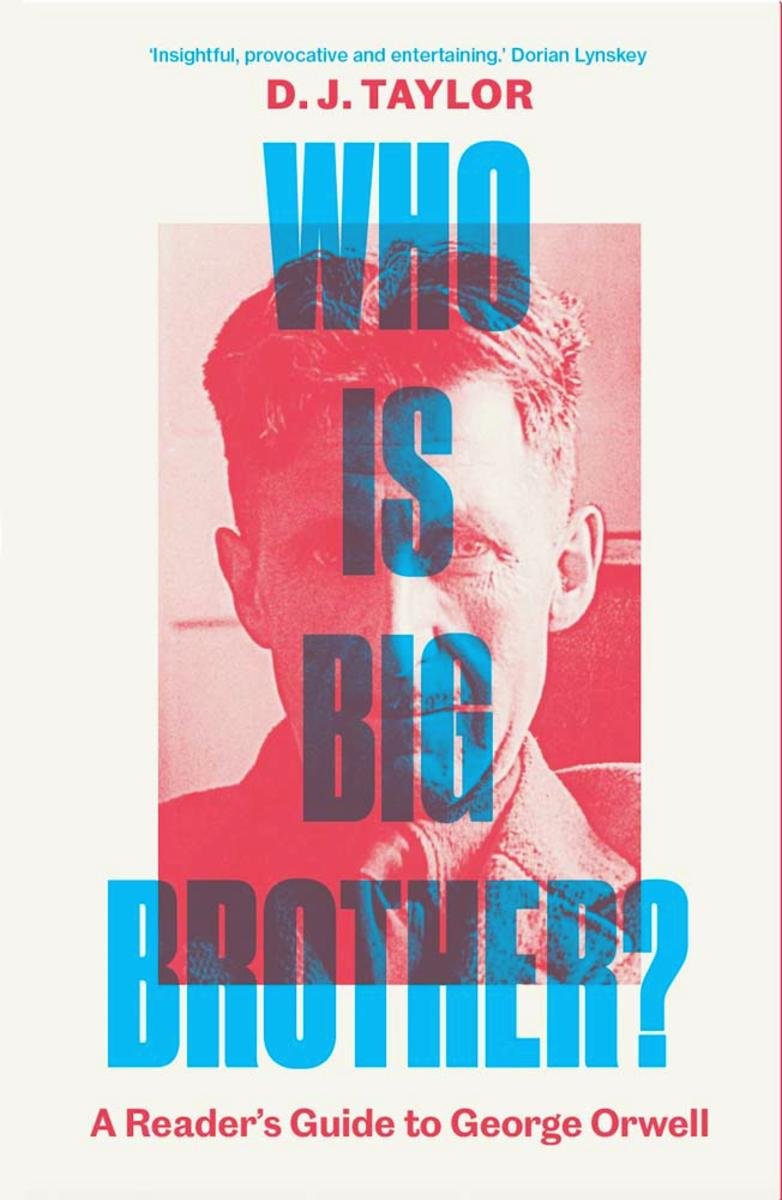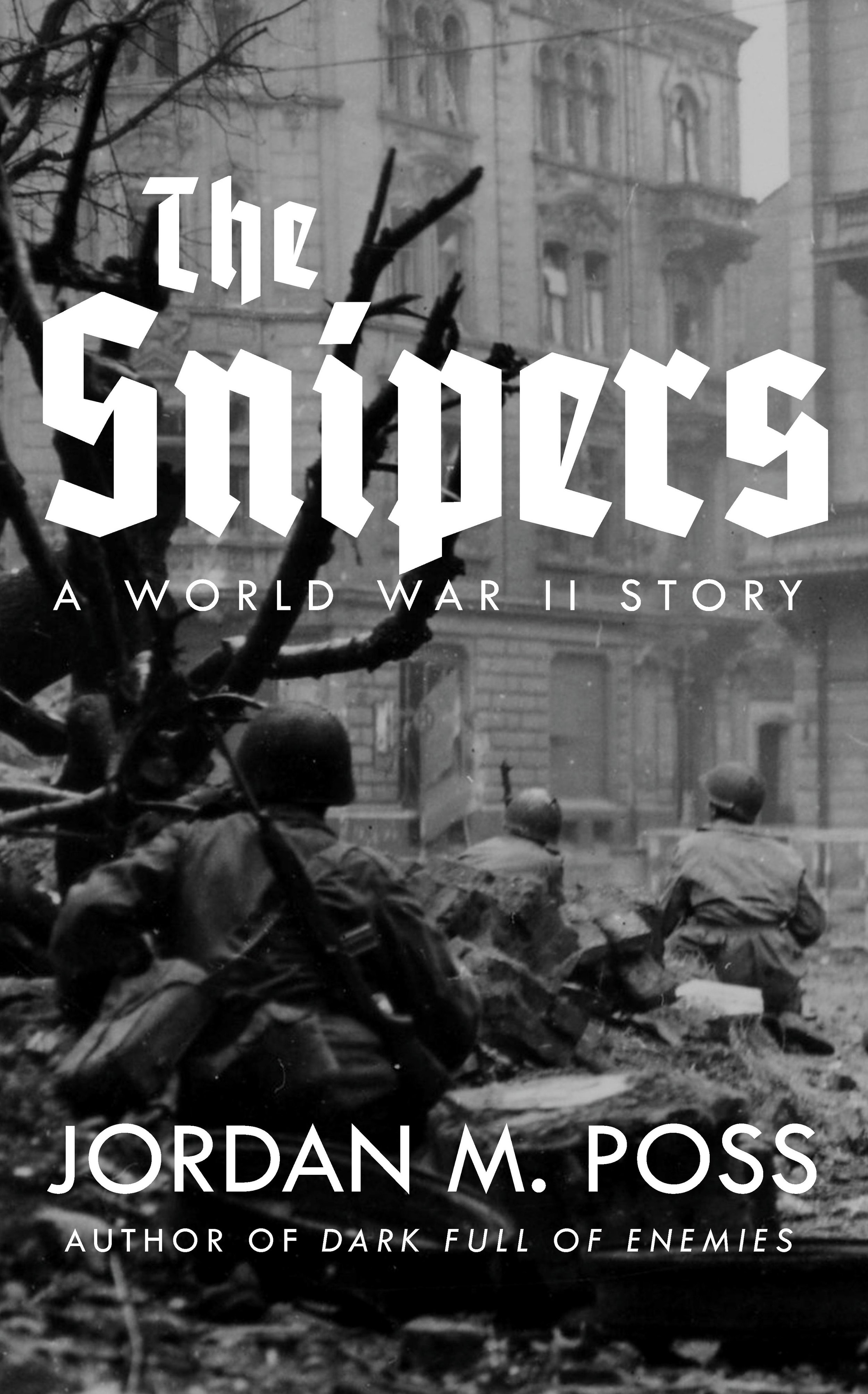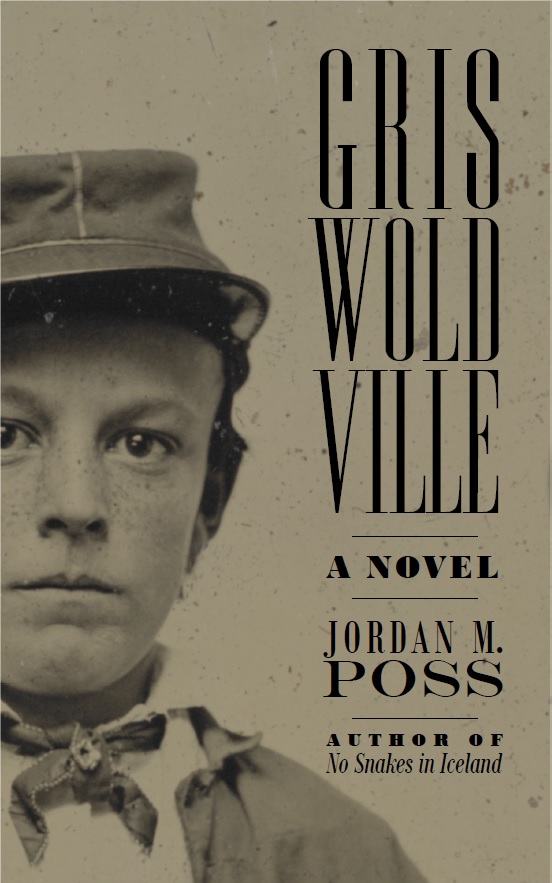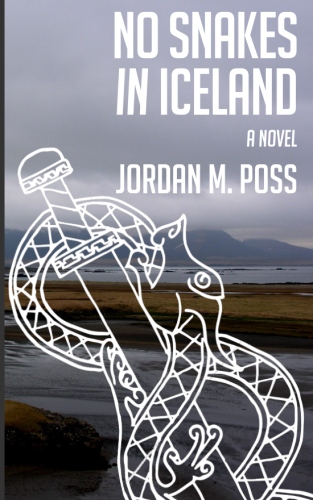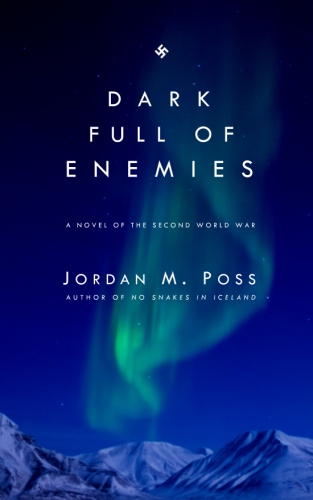A vain aspiration to self-sufficiency
/“The mistake is to see No Country for old men as being about the bad guy.”
I’ve argued for years, including here on this blog, that despite its darkness and violence Cormac McCarthy’s work is not nihilistic. Good and evil have clear meaning in his novels, and the tiny flame of hope shines all the brighter for the omnipresence of evil—a burning tree in the desert, a horn full of glowing embers. This theme recurs especially often in his later novels.
In a review of an anthology titled Film and Faith: Modern Cinema and the Struggle to Believe posted today, Anthony Sacramone considers an essay on the Coen brothers’ adaptation of No Country for Old Men by Carson Holloway. The essay mounts a “successful effort to redeem No Country for Old Men from the charge of nihilism,” a view Sacramone himself had previously held:
I, too, had dismissed No Country as another affected, self-consciously “cinematic” Coen brothers’ dead end, but Holloway’s careful reading converted me. The mistake is to see No Country as being about the bad guy. Instead, it’s about a traditional Hollywood good guy, the local sheriff, Bell (Tommy Lee Jones): “a kind of traditionalist conservative, … a lifetime lawman, a proud member of a line of lawmen.” But when this old-fashioned guy is confronted with radical evil in the person of Chigurh (Javier Bardem), who possesses not “an inordinate attachment to some real good” but a sadistic need to show everyone who crosses his path the utter worthlessness of their existence, Bell is lost.
Why? The lawman is unable to contend with Chigurh’s perverse brand of lawbreaking because he fears God has abandoned him and that “he may somehow be drawn into this evil.” In the end, Bell “quits” the fight because a “low estimate of himself arises from a vain aspiration to self-sufficiency.” When you believe you’re in a fight against the odds all by yourself, that you’ve lost God as your backup, what else is there to do but turn tail and run?
A great insight, and one that I hadn’t considered before. Bell’s despair, an outgrowth of his self-sufficient isolation from God, is underlined in the film by small changes the Coen brothers made to the novel. For one, Bell’s father in the novel “was not a lawman,” though his grandfather was. The “line of lawmen” Holloway notes—three generations in the film version, with Bell and his grandfather serving as sheriffs in separate counties at the same time—is the Coens underscoring this aspect of Bell’s history. A subtle but important detail.
But having just reread No Country I thought immediately of the ambiguity of this exchange between Bell and his elderly Uncle Ellis. After a long bit of dialogue from Ellis:
Bell didnt answer.
I always thought when I got older that God would sort of come into my life in some way. He didnt. I dont blame him. If I was him I’d have the same opinion of me that he does.
You dont know what he thinks.
Yes I do.
He looked at Bell.
Ellis continues the conversation at that point, but who exactly is saying what here? The paragraphing and lack of dialogue tags leave it unclear. I’ve puzzled over it since that last reading. But in the film, the Coens assign the despair of that first line not to Ellis, whom Bell worries has “turned infidel” in the book, but to Bell himself.
Not only Sheriff Bell—who we learn in the novel was the sole survivor of his unit during World War II and only lived because he ran away when holding out alone proved hopeless—but also Llewellyn Moss and Carson Wells aim at self-sufficiency and fail utterly. Their greed and pride tempt them into isolation, where Chigurh destroys them both. Bell at least survives to receive prophetic word that hope remains alive. God or grace is reaching for him.
June 13 will mark the one-year anniversary of McCarthy’s death. I paid tribute to him following his death here.













